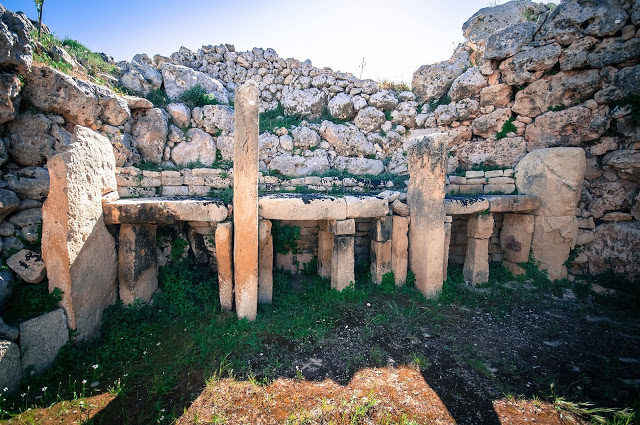OF THE
TIMES


Elizabeth Vos reviews the infamous legal case of Marc Dutroux and why it engendered public distrust in the institutions of government.The case of notorious homicidal paedophile Marc Dutroux, now serving a life sentence in Belgium, is infamous for the deep depravity of the crimes that were committed and witnessed. Evidence emerged twice in the case, first in legal proceedings, secondly by the publication of many of the prosecution's records by WikiLeaks in 2009.
This is the fourth article in a series that is looking back on the major works of the publication that has altered the world since its founding in 2006. The series is an effort to counter mainstream media coverage, which is ignoring WikiLeaks' work, and is instead focusing on Julian Assange's personality. It is WikiLeaks' uncovering of governments' crimes and corruption that set the U.S. after Assange and which ultimately led to his arrest on April 11.
In this article by Consortium News contributor Elizabeth Vos, originally published by her in 2017 on Disobedient Media, Vos looked at how WikiLeaks helped uncover evidence that showed Belgian case was part of a politically-protected child sex trafficking network. The Belgian case takes on added relevance in the wake of the arrest of financier Jeffery Epstein for alleged sex trafficking of children with allegations of Epstein's connections to powerful intelligence agencies.


Comment: It's noteworthy that the eruption of Vesuvius in Pompeii is thought to have occurred in AD79.
See also: